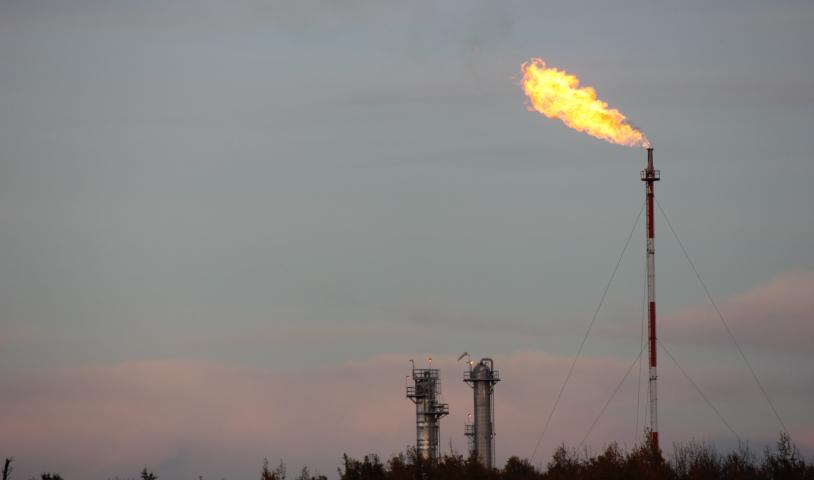BC's run‑of‑river sector in regulatory disarray, documents suggest
Thursday, January 24, 2013
The independent run-of-river power sector is in regulatory disarray, following inconsistent rules designed to protect fish and with provincial officials hard pressed to crack down due to lack of staff and resources, freedom-of-information documents show.
The Ministry of Forests, Lands and Natural Resource Operations states in a staff report approved by Julia Berardinucci, director of resource management in Surrey, there were 749 non-compliance incidents from a total of 16 hydro plants in southwest B.C. in 2010.
They included 313 incidents related to ramping (fluctuating water levels), 292 to not notifying government official of problems, 101 to not fulfilling mitigation requirements, and 43 to not maintaining in-stream flow rates.
Flow rates ensure there is sufficient water for fish downstream of power plants, while ramping rates (typically associated with the shutdown of a power plant for maintenance or an unanticipated failure) ensure water levels fluctuate gradually to not strand young fish.
“There has been a lack of resources (staff, database tools) … to track/monitor compliance at various facilities,” ministry engineering assistant Charlene Menezes writes in a freedom-of-information document dated March 29, 2012.
“Ultimately, there is limited compliance and enforcement of the water use obligations.”
Menezes’ report recommends, in part, a compliance monitoring program and a database to track incidents of non-compliance.
Gwen Barlee, the Wilderness Committee policy director who obtained the documents, said in an interview Tuesday that the documents confirm that the run-of-river sector “does not have proper oversight and can’t even meet low environmental standards.”
She described the 749 incidents of non-compliance as “mind boggling” and noted, for example, that non-compliance at the Furry Creek hydro plant near Squamish continued for 2.5 months but was reported as just one incident.
“This is the result of a government that has backed off enforcement … and the ability of government employees to regulate industry,” she said.
Paul Kariya, executive-director of Clean Energy B.C., which represents run-of-river projects, said the industry “is trying to do better … and where we can improve — and we’re always in a learning mode — yes, we’re all for it.”
While the documents do not distinguish between minor and more serious incidents of non-compliance, Kariya said: “I’m not denying that ramping incidents that hurt fish do occur; certainly they do, as they would for BC Hydro … but in the trade-off for society needing power, are we improving, leaving a minimal footprint compared to alternative power generation? I think that becomes the issue.”
Ministry spokeswoman Vivian Thomas said the purpose of the report was to inform ministry decision-makers on “potential compliance issues, so they can set appropriate conditions for projects under review.”
The report identifies 22 run-of-river projects in the region: three that predate 1999, four from 1999 to 2004, two from 2004 to 2007, and 13 since 2007 — evidence of the dramatic recent surge in private power developments.
The province is aware of three incidents that resulted in fish strandings and kills in 2010: one fish killed and one stranded on the lower Mamquam, 52 fish stranded and six killed on the upper Stave, and 166 stranded and 87 killed on Ashlu Creek.
But the documents noted “these numbers must be considered as the minimum as there is not a consistent level of monitoring, reporting and mitigation” at all facilities.
The upper and lower Clowhom River plants, northeast of Sechelt, had the worst record for ramping non-compliance — 92 and 100 incidents, respectively — in 2010. Enmax owned the facility in 2010 but sold it in 2011 to Veresen; both companies are based in Calgary.
Menezes also noted that the monitoring obligations for newer hydro projects are tougher than earlier projects, especially before 2005, and that run-of-river plants during the commissioning phase are not subject to the same level of compliance despite the potential for causing ecological harm. “This is particularly concerning given that in the first year of operation, non-compliances are generally observed to be higher than in subsequent periods.”
“The severity of ramping non-compliances cannot be reliably and consistently ascertained, as many facilities do not report duration and magnitude details within their compliance reports,” Menezes added.
Of those that do, average hourly rates for ramping non-compliances vary from 5 to 25 centimetres per hour, with the duration of non-compliance events ranging from less than one hour up to eight hours, Menezes wrote.
Standard ramping rates set by the federal fisheries department are a maximum 2.5 centimetres per hour where fry are present.
The Vancouver Sun in March 2012 reported on freedom-of-information documents on fish kills and strandings at the Innergex plant on Ashlu Creek and the Capital Power facility on the lower Mamquam, since purchased by Atlantic Power.
Photo: The powerstation at the Ashlu Creek IPP -- one of the IPPs referenced in government documents on non-compliance.





